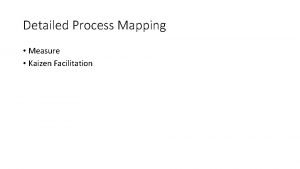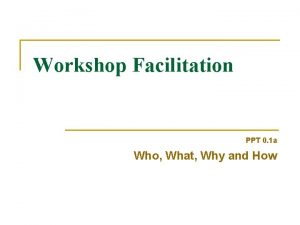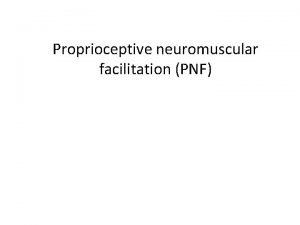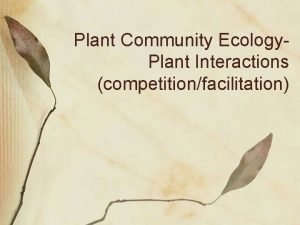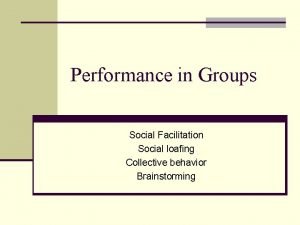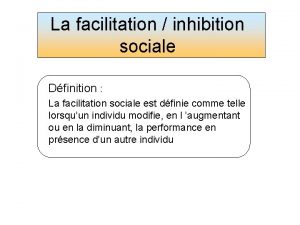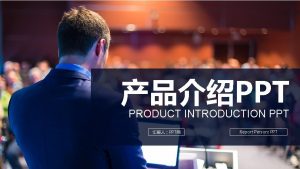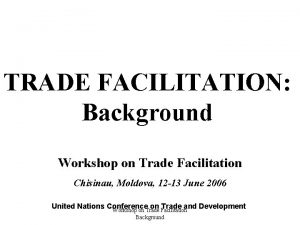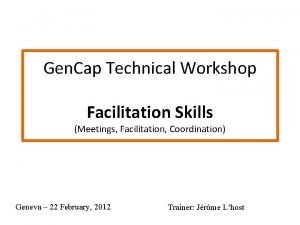Workshop Facilitation PPT 0 1 a Who What










- Slides: 10

Workshop Facilitation PPT 0. 1 a Who, What, Why and How

Creating a Learning opportunity n n n Determine Topic/Focus based on a need defined by the organization Define the objective and goals Identify participants and do a needs assessment among them to help focus the workshop Take care of all logistics – space, room arrangement, breaks, transport, etc. Plan the workshop in terms of activities, timing and flow Determine ways to evaluate the workshop Include plans for follow-up

Check setup in room n n n Tables/chairs – mobility in changing Materials – flipcharts, VIPP cards, markers, ability to post Electronic – Computer, PPT projector, overhead projector – Where things are plugged in (need for appropriate plugs) Lighting Access to facilities

Communication Skills n n Facilitation skills Use of verbal and non-verbal Language Techniques & Timing Evaluation and Follow-up

Facilitation Skills n n n n Be clear in instructions Be present Convey that you are interested in the topic Show an appreciation of what each person has to offer Notice body language of participants Introduce energizers when appropriate Learn together

Body language – non-verbal messages n n Be aware of how you are using your hands and moving around the presentation space, Make eye contact around the room – not just to one part of the room Demonstrate self-confidence Show enthusiasm for the topic

Verbal communication n n Use open ended questions – door openers Paraphrase to check meaning – also gives message that you are listening Be an active listener Be non-judgmental, even when correcting information Don’t be afraid to say you don’t know if a question is asked you cannot answer

Techniques n n n Brainstorm Small groups – ways of creating groups Presentations – alternative ways of reporting q q q All groups report 1 st group reports fully, others add to it Walk About Drawings Songs, poems, role plays

Evaluation n Daily q q n End of Training q q q n Emotion chart One thing learned, etc. Questionnaire Essay Checklist, etc. Follow-up

And most importantly HAVE FUN
 Kaizen process map
Kaizen process map Group facilitation skills ppt
Group facilitation skills ppt Frustration-aggression principle
Frustration-aggression principle Business facilitation program visa
Business facilitation program visa Drive theory of social facilitation
Drive theory of social facilitation Groupthink vs group polarization
Groupthink vs group polarization Trade facilitation meaning
Trade facilitation meaning Pnf neck patterns
Pnf neck patterns Facilitation among species
Facilitation among species Diener 1976 trick or treat
Diener 1976 trick or treat Inhibition sociale définition
Inhibition sociale définition
